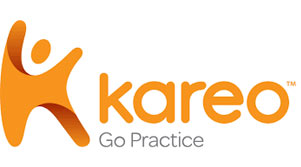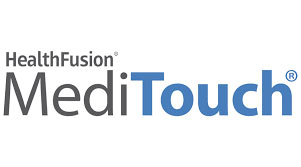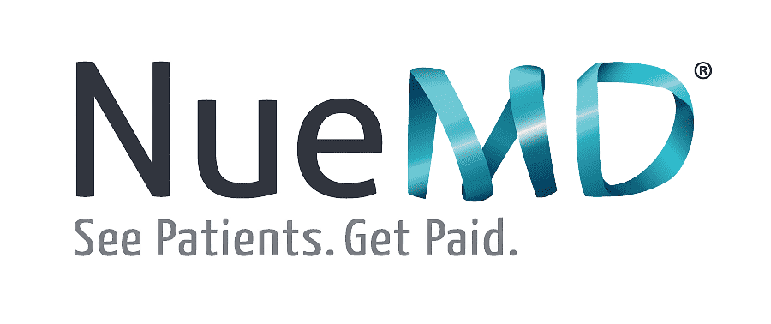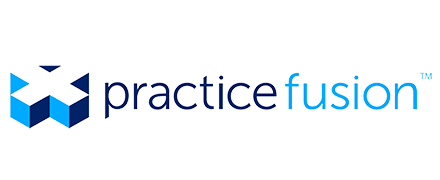Orthopedics is the medical branch that deals with conditions of the Musculoskeletal system which include muscles, bones, ligaments, joints, and tendons. Orthopedic billing is more complex as it requires deeper knowledge of the providers’ services. It also has been noted that almost 35% of orthopedic surgery claims are incorrect and 25% of these claims get rejected. Out of that, some are never resubmitted. This branch includes many high-cost services and higher denial rates may lead to significant revenue loss. Hence, it’s important to understand the challenges and ways to tackle them.
There are a few factors that affected Orthopedic Billing largely.
- In 2013, CPT (Current Procedural Terminology) Manual introduced many new coding changes and revisions that affected orthopedic reimbursement largely. The coding became more complex with 500 changes in Category I codes.
- There have been new sets of codes in terms of nerve conduction study added to the system. Two sets for shoulder and elbow revision and even a new spine fusion.
- The mix of varied personal injury liens, payers, and worker compensations can lead to inaccurate coding. It can further result in increased claim denials and delays in submissions.
- There have been disruptions in the cash flow due to an increase in practice costs.
The Top Challenges & Solutions for Efficient Orthopedic Billing
Errors in Coding
With varied codes for fractures or other injuries, coders may forget to add one code resulting in loss of revenue or denials. For example, if a person is treated for varied fractures with different surgical procedures, all the first procedures will have to be coded as initial encounters.
In the race of accuracy, there can be human errors during coding. The best bet is to conduct regular audits. It can help recognize bad unbundling habits, mistakes, or code overuse if any.
Adjusting to ICD-10 Changes
As the world shifted to ICD-10, many practices with limited resources struggled to meet requirements and maintain profitability. However, the new system brought in great changes that each provider needs to note –
- ICD-9 didn’t deal with laterality, but the new code sets require physicians to document in terms of left, right, or bilateral for different conditions like joint disorders or fractures.
- It now is compulsory to document the specific area of the body treated. If not mentioned correctly, claims can get denied.
- Orthopedic practices now need documentation about the place where the injuries occurred.
- You also need to specify whether the patient encounter was an initial, subsequent, or sequela encounter.
Verification and Documentation
The patient information and his/her insurance should be verified correctly before the treatment starts. COVID-19 has brought in several changes in insurance plans and coverage, so it is necessary to be more careful now. The billing team needs to document and carefully charge for each service availed by the patient.
Orthopedic billing depends on the documentation before, after, and during a patient’s visit. The lack of documentation from the physician report may leave several performed procedures being uncoded. Add-ons and modifiers cannot be left out as they are needed during reimbursements. A coder needs to understand the significance of the language used and the whole situation mentioned in the documentation. Similarly, physicians can learn/use the basic coding terms instead of narratives which can increase the chances of accuracy.
Staying Updated with Guidelines
CPT is the system that is used to code for encounters and treatments of patients. CPT and Medicare guidelines keep changing and the key is to stay updated. For example, you can code internal or external fixation only if it is not already a part of the basic procedure.
The surge in medical devices can also complicate billing. While the advice from manufacturers can be helpful sometimes, it’s better to research the Medicare guidelines. Avoid confusion and inaccuracy by looking up FDA approval status yourself while coding medical devices.
Claim Settlements
Research has noted that there has been an average decline of 1.5% in reimbursements every year. Errors may happen due to a lack of knowledge about the complex rules set by different insurance companies for examining a claim. Accuracy can be achieved by using the latest technology and keeping the staff updated with all the new rules.
Also, looking for the most common reasons behind denials and correcting them while resubmissions can help increase your reimbursements to a great deal.
Last but not the least, you need to maintain healthy practice revenues and increase physician reimbursement. You can increase the compensation with correct coding and well-maintained orthopedic claim documentation.
Outsourcing your orthopedic billing to an offshore medical billing company can save you from a lot of headaches like hiring and training staff, keeping them updated with changes, tracking all claims, and re-submissions if any. It’s time you rely on Info Hub Consultancy Services (ICS) for your orthopedic billing; to take care of timely claim submissions, regular audit checks, follow-ups with payers, and re-submission if any. Let us help you avoid loss of revenue and maintain good Revenue Cycle Management (RCM).



























